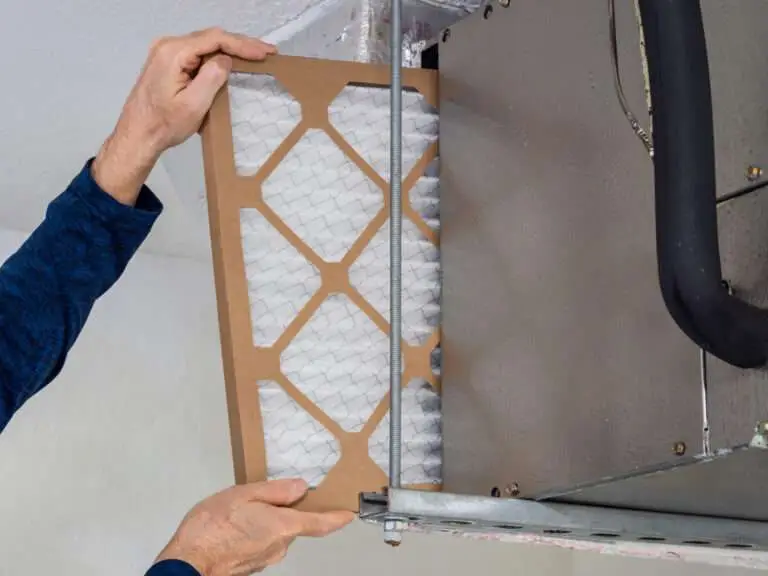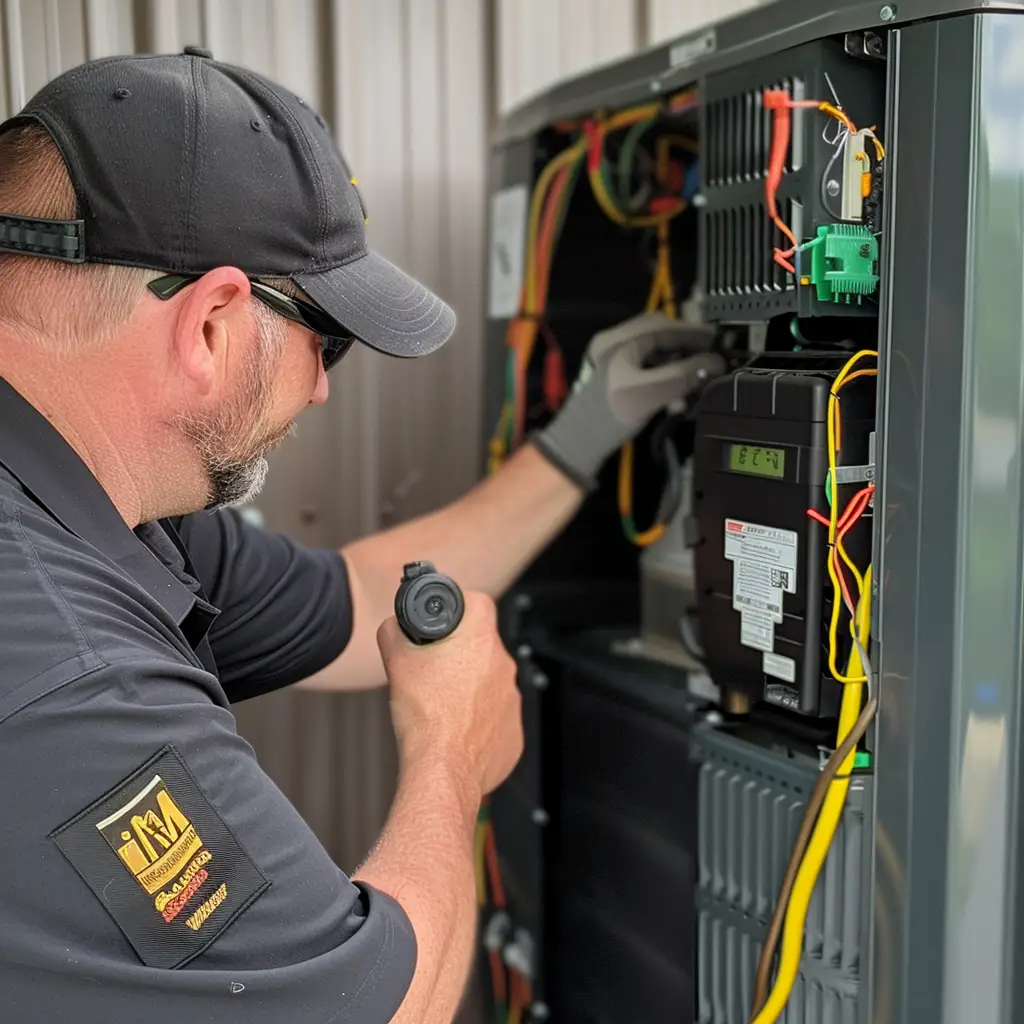Changing your furnace filter is an important maintenance task that helps keep your furnace running smoothly and efficiently. A dirty air filter can restrict airflow, causing your furnace to work harder and potentially leading to a breakdown. By replacing the air filter regularly, you can help ensure that your furnace is operating at its maximum efficiency and extend its lifespan.
Signs That You Need To Change Your Furnace Filter:
There are a few signs that may indicate that it’s time to change the air filter in your furnace:
- Reduced airflow: If you notice that the airflow from your furnace registers is weaker than usual, it could be a sign that the air filter is dirty and needs to be replaced.
- Increased energy bills: A dirty air filter can cause your furnace to work harder, which can lead to an increase in energy usage and higher energy bills. If you’ve noticed a sudden increase in your energy bills, it may be time to change the filter.
- Strange smells: If you notice a musty or burnt smell coming from your furnace, it could be a sign that the air filter is dirty or clogged.
- Frequent furnace breakdowns: If you’ve been experiencing frequent furnace breakdowns, a dirty air filter could be the culprit. Changing the filter may help improve the performance of your furnace and reduce the need for repairs.
- Visible dirt or debris: If you can see dirt or debris on the air filter when you remove it, it’s definitely time to replace it.
When To Change A Furnace Filter
As a general rule, it’s a good idea to change the air filter in your furnace every month or two, depending on the type of filter you use and the amount of use your furnace gets.
Some factors that may affect the frequency with which you need to change the filter include:
- The type of filter you use: Some types of filters, such as pleated filters and high-efficiency filters, have a longer lifespan than fiberglass filters.
- The air quality in your home: If you have pets, live in an area with high levels of pollution, or have allergies or other respiratory issues, you may need to change the filter more frequently.
- The size of the filter: A larger filter will have a longer lifespan than a smaller filter, so you may need to change it less often.
- The amount of use your furnace gets: If you use your furnace frequently, you may need to change the filter more often than if you only use it occasionally.
It’s also a good idea to check the filter monthly and replace it if it looks dirty or clogged. By changing the filter regularly, you can help ensure that your furnace is running efficiently and effectively.
How To Choose The Best Type of Furnace Filter
The best filter for you will depend on your specific needs and preferences. Here are a few factors to consider when choosing a furnace filter:
- Filtration Level: If you have allergies or other respiratory issues, you may want to choose a filter with a high filtration level to trap small particles such as pollen, dust mites, and pet dander. Pleated filters and high-efficiency filters are generally more effective at trapping small particles than fiberglass filters.
- Cost: Fiberglass filters are the least expensive option, while high-efficiency filters and electronic filters may be more expensive. Consider your budget and the frequency with which you need to replace the filter when deciding which type to choose.
- Convenience: If you don’t want to worry about replacing the filter every month or two, a washable filter may be a good option. Just be aware that even washable filters will eventually need to be replaced.
- Compatibility: Make sure to choose a filter that is compatible with your furnace. The wrong size or type of filter could cause problems with the furnace or reduce its efficiency. Consult the manufacturer’s instructions for your furnace to ensure that you are using the appropriate type of filter.
How To Change Your Furnace filter:
Here’s a step-by-step guide on how to change a furnace filter:
- Locate the filter compartment: The filter compartment is usually located behind the furnace or in the return air duct. You may need to remove a panel or access door to locate the filter.
- Remove the old filter: Once you’ve found the filter compartment, remove the old filter by pulling it out or releasing it from its frame.
- Measure the size of the filter: It’s important to use a filter that fits properly in the filter compartment. Measure the length and width of the old filter to ensure that you get the right size replacement.
- Purchase a new filter: There are many different types of furnace filters available, including fiberglass, pleated, and washable. Choose a filter that is appropriate for your furnace and meets your needs.
- Slide a new filter: Slide the new filter into the filter compartment, making sure it’s seated properly and fits snugly. If the filter has an arrow on it, make sure the arrow is pointing in the direction of the air flow (usually toward the furnace).
- Replace the access panel or door: Once the new filter is in place, replace the access panel or door to the filter compartment.
By following these steps, you can easily change the air filter in your furnace and keep it running efficiently. If you’re unsure about how to change the filter or encounter any problems, it’s always a good idea to consult a professional furnace repair service.





